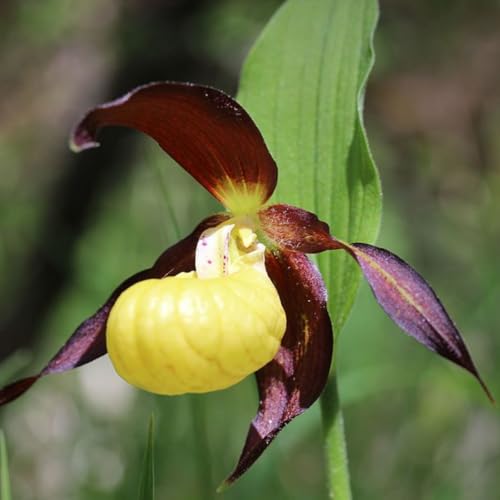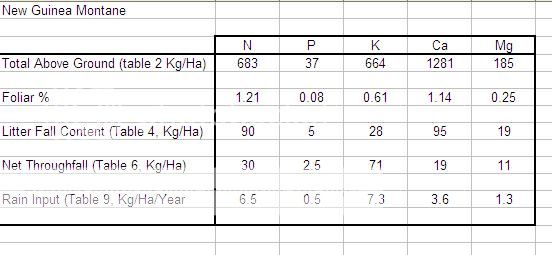Rick
Well-Known Member
But you are saying that all those trials are wrong?
Not for annual food crops that are meant to maximize starch production in a 6 month time frame and get harvested. But I've also looked at trials for thing like coffee and pecan trees those are low K. I've also seen trials for turf grass that are low K high Ca.
The growth rate and production of harvest-able fruiting characteristics of orchids is irrelevant to how to feed cultivated corn and tomatoes.
However neither can you say that a plant fed with a 50/50 N to K (as mine always have been) leads some sort of retardation in growth or whatever.
That's what I thought too until I changed my ways and found out otherwise. As long as you never try it, you won't notice the difference either.
My mounted Phals, Bulbos, Oncidia, Vanda... are doing light years better than by the old 50/50 N to K. And its not just my stuff either.
It's been more than 2 years for me, and I see absolutely no reason to go back to my old feeding regime. Maybe you need to figure out why so many of us are getting better results despite the low K rather than trying to convince us that its just plain old wrong and we need to go back to methods that were stunting/killing our plants.














































